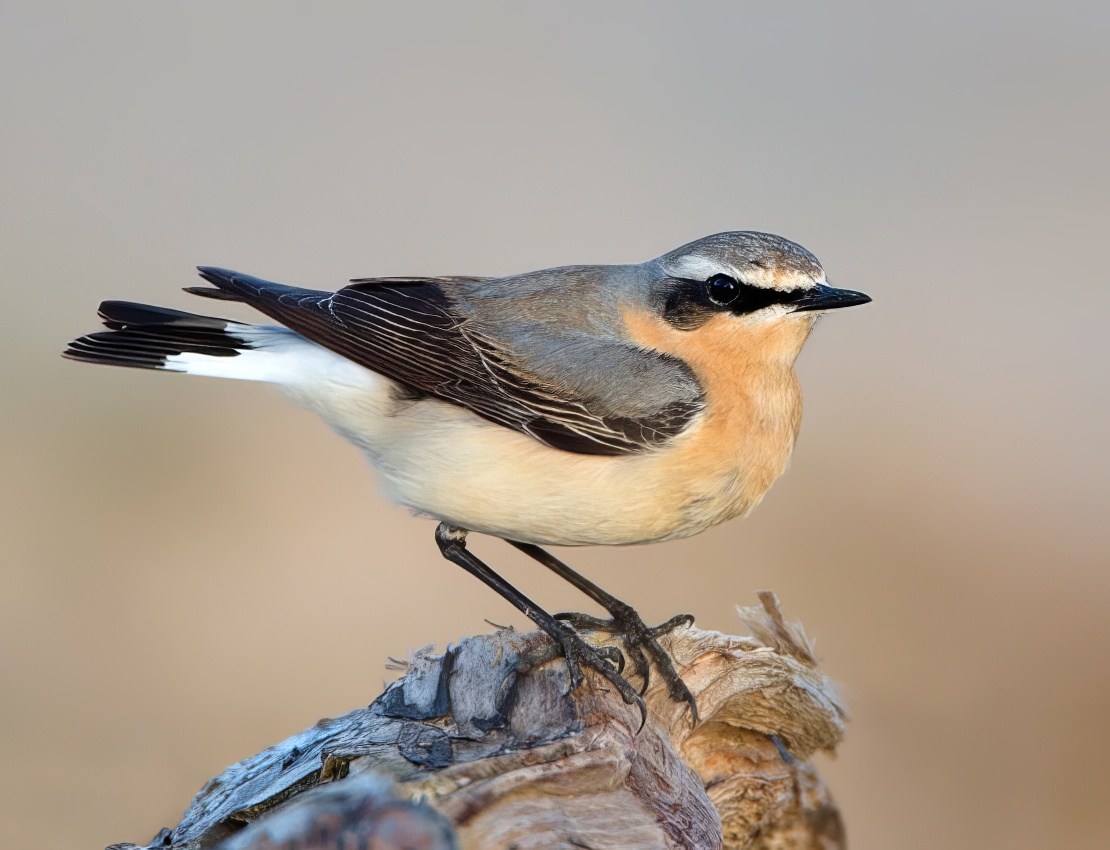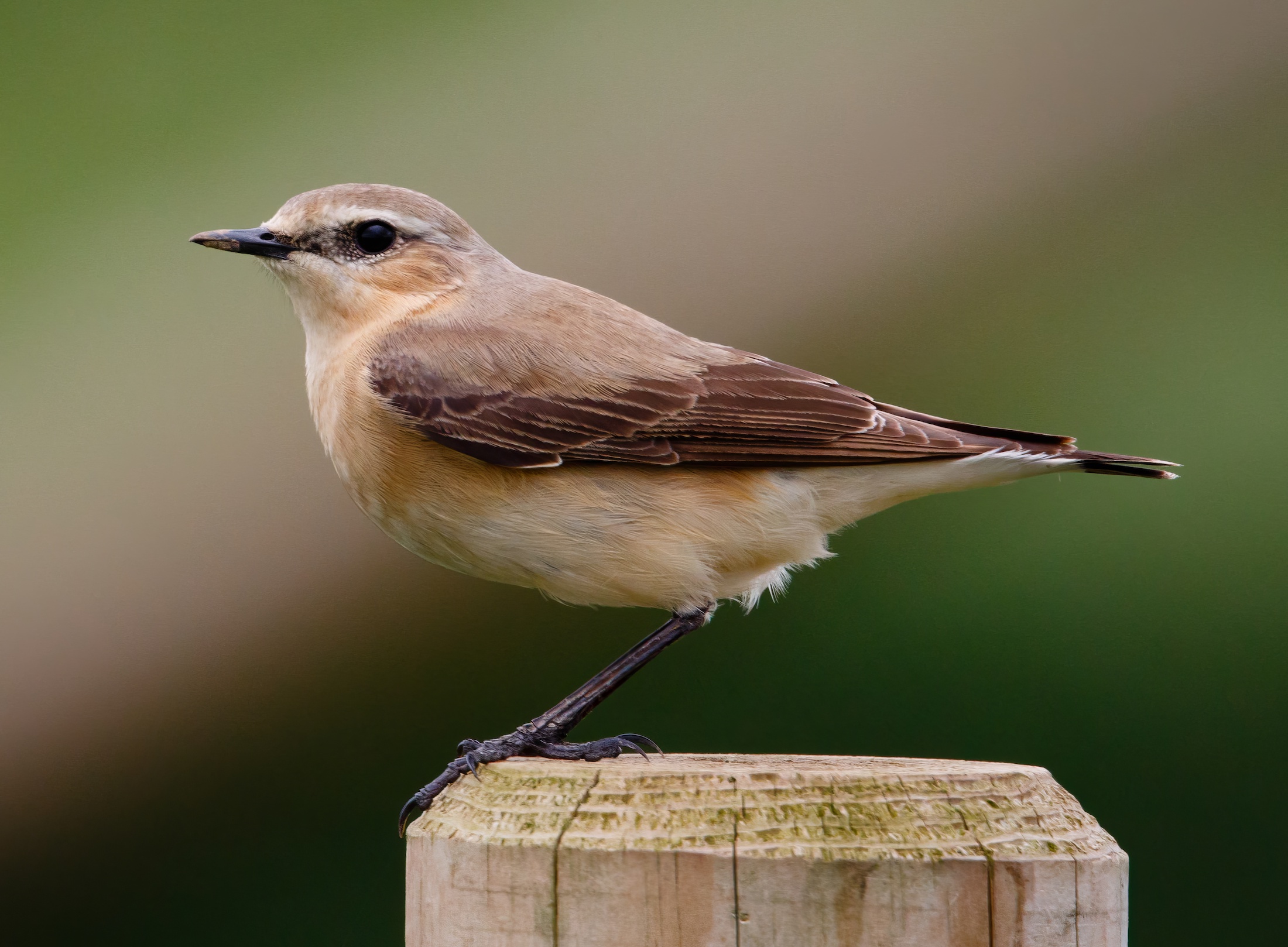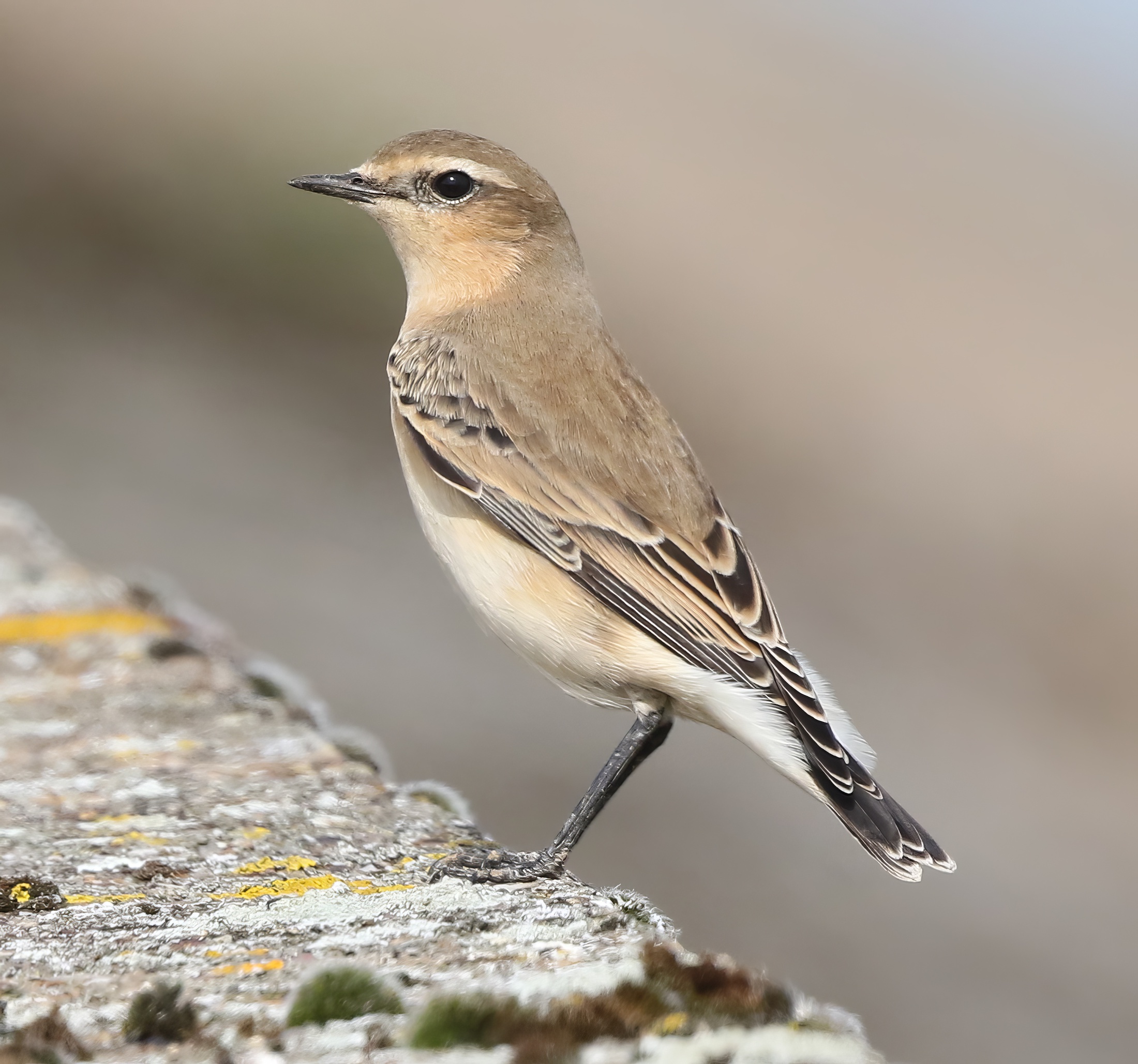Northern Wheatear Oenanthe oenanthe
Fairly common passage migrant and former local breeder till end of 19th century. Greenland race (Greenland Wheatear) leucorhoa is a scarce migrant in spring/autumn.



Cordeaux (1872) described Wheatear as “nesting sparingly in North Lincolnshire”. Lorand and Atkin (1989) could find no confirmed breeding records after 1899. The picture is confused by pairs occasionally holding territory for several weeks in late spring both on the coast and inland but there has been no evidence of confirmed breeding in the last 120 years, although there was a potential breeding record in 2015 at Greetwell where on July 22nd a pair of adults and a single juvenile were seen. It is a widespread spring migrant inland which accounts for its BBS spring incidence. Information from LBR for the five years to 2018 shows first arrival date from March 11th-28th with peak site counts ranging from 19 in 2017 to 42 in 2018 at Gibraltar Point on May 4th. The largest spring count inland was 24 at Risby Warren on April 18th. There had been no reports from this large and complex quarry site earlier in the season. In the autumn, peak day spring counts ranged from 10 in 2018 to 51 on September 9th in 2017 at Gibraltar Point. Greenland Wheatears O. o. leucorrhoa were reported in four years out of five, 2014-2018, with numbers ranging from two to 25 per annum.
There have been at least two foreign recoveries of birds ringed in the county: a juvenile ringed at Gibraltar Point on August 21st, 1960, was found freshly dead in France on September 4th, 1961; a 2CY male ringed at Gibraltar Point on April 1st, 1988, was found dead on September 5th, 1990, in Morocco.
(Account as per new Birds of Lincolnshire (2021), included December 2022)
